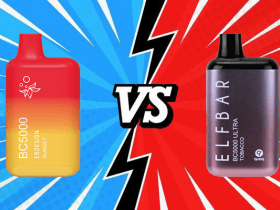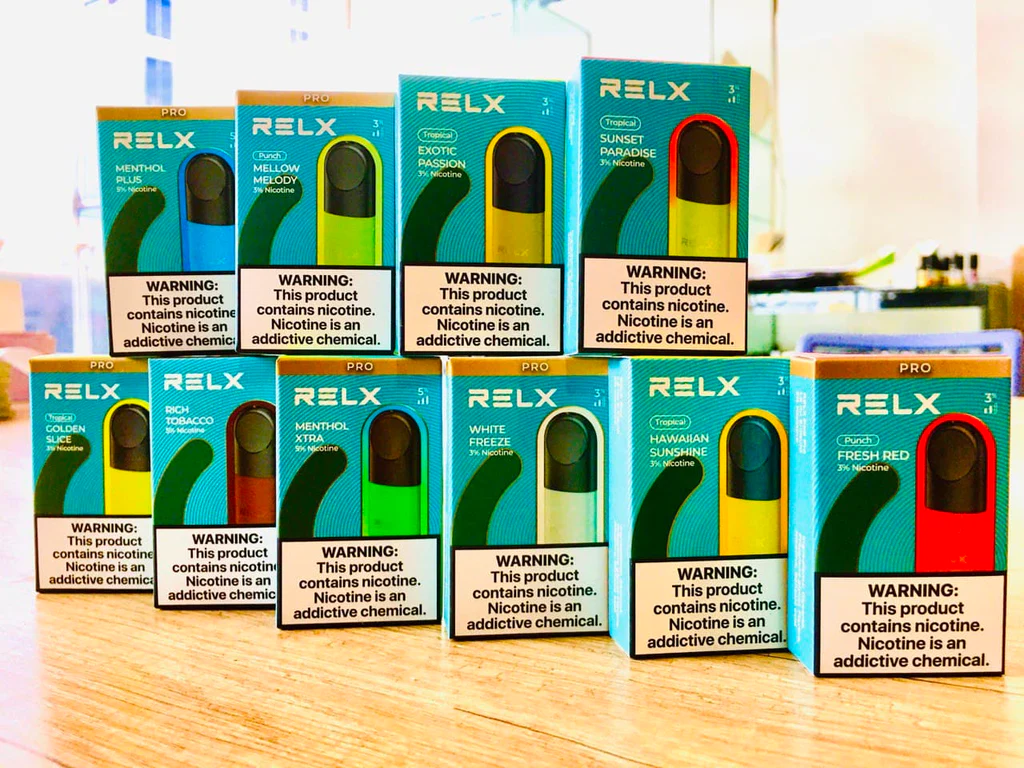Vaping has become increasingly popular over the years, and many people have turned to this alternative to traditional smoking. However, one question that often arises is whether vaping in the house is bad for your health. While vaping may seem like a safer option than smoking, it is still important to understand the potential health risks and dangers associated with vaping indoors. In this article, we will explore the effects of vaping in the house and discuss the potential health risks and dangers.

Understanding Vaping and E-Cigarettes
Before we dive into the potential risks of vaping in the house, it is important to understand what vaping is and how it works. Vaping involves the use of an electronic cigarette or e-cigarette, which is a device that heats up a liquid (commonly known as e-juice) and produces a vapor that is inhaled. E-cigarettes are battery-operated devices that come in different shapes and sizes, and they work by heating up a liquid that contains nicotine, flavorings, and other chemicals.
The Risks of Secondhand Vapor Exposure
One of the biggest concerns with vaping in the house is the potential risk of secondhand vapor exposure. Just like secondhand smoke, secondhand vapor can also have harmful effects on the health of those who are exposed to it. While e-cigarette vapor is not as harmful as traditional cigarette smoke, it still contains a number of harmful chemicals that can be dangerous when inhaled.
Potential Health Risks of Vaping in the House
Vaping in the house can also have other potential health risks, particularly for children and pets. Studies have shown that children who are exposed to secondhand vapor may experience respiratory problems, such as asthma and bronchitis. Additionally, the nicotine and other chemicals in e-cigarette vapor can be harmful to pets, and can even be fatal in some cases.
What Does a Vape Do to the Air Inside Your Home?
Vaping can have an impact on the air quality inside your home, as it releases a vapor that contains a variety of chemicals and particles. When you vape indoors, the vapor can linger in the air for a period of time and may be inhaled by those around you. This can lead to potential health risks, particularly for those who are exposed to the vapor on a regular basis. Additionally, vaping can also increase the humidity level inside your home, which can promote the growth of mold and other allergens. Overall, it is important to be mindful of the potential impact that vaping can have on the air quality inside your home, and to take steps to minimize the risks and ensure the safety of yourself and those around you.
The Dangers of Vaping Indoors
Aside from the potential health risks, there are also other dangers associated with vaping in the house. For example, vaping indoors can increase the risk of fires and explosions, particularly if the device is not used properly. Additionally, e-cigarette batteries have been known to malfunction and explode, causing serious injuries and property damage.
Best Practices for Vaping in the House
If you choose to vape indoors, it is important to take certain precautions to minimize the risks and dangers. For example, it is important to ensure proper ventilation in the room where you are vaping, and to avoid vaping near children or pets. Additionally, you should always follow the manufacturer’s instructions when using an e-cigarette device, and never modify or alter the device in any way.
Conclusion
In conclusion, while vaping may seem like a safer alternative to traditional smoking, it is still important to understand the potential health risks and dangers associated with vaping indoors. Secondhand vapor exposure can have harmful effects on the health of those who are exposed to it, and vaping indoors can also increase the risk of fires and explosions. If you choose to vape indoors, it is important to take the necessary precautions to minimize the risks and ensure the safety of yourself and those around you.

















Leave a Reply